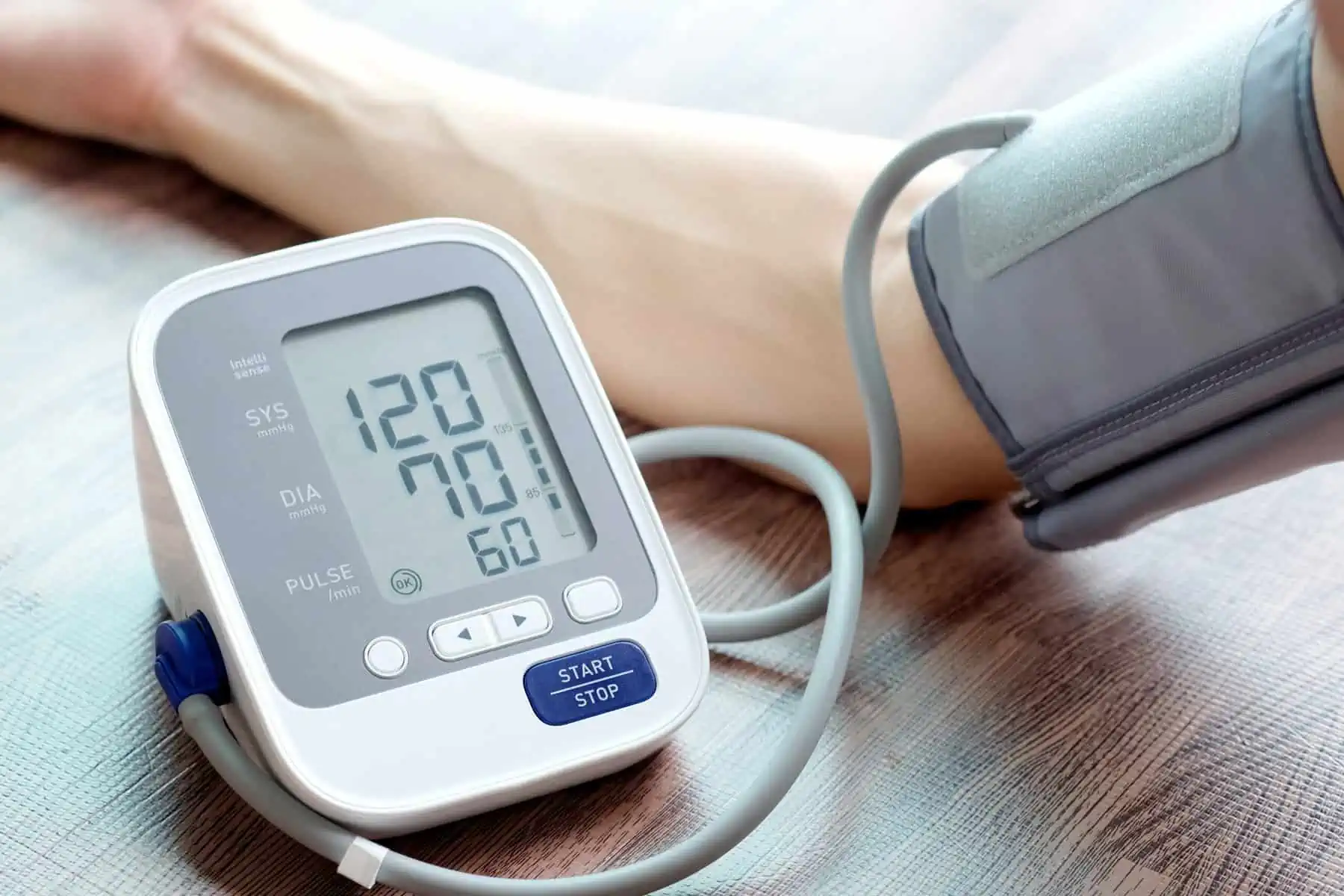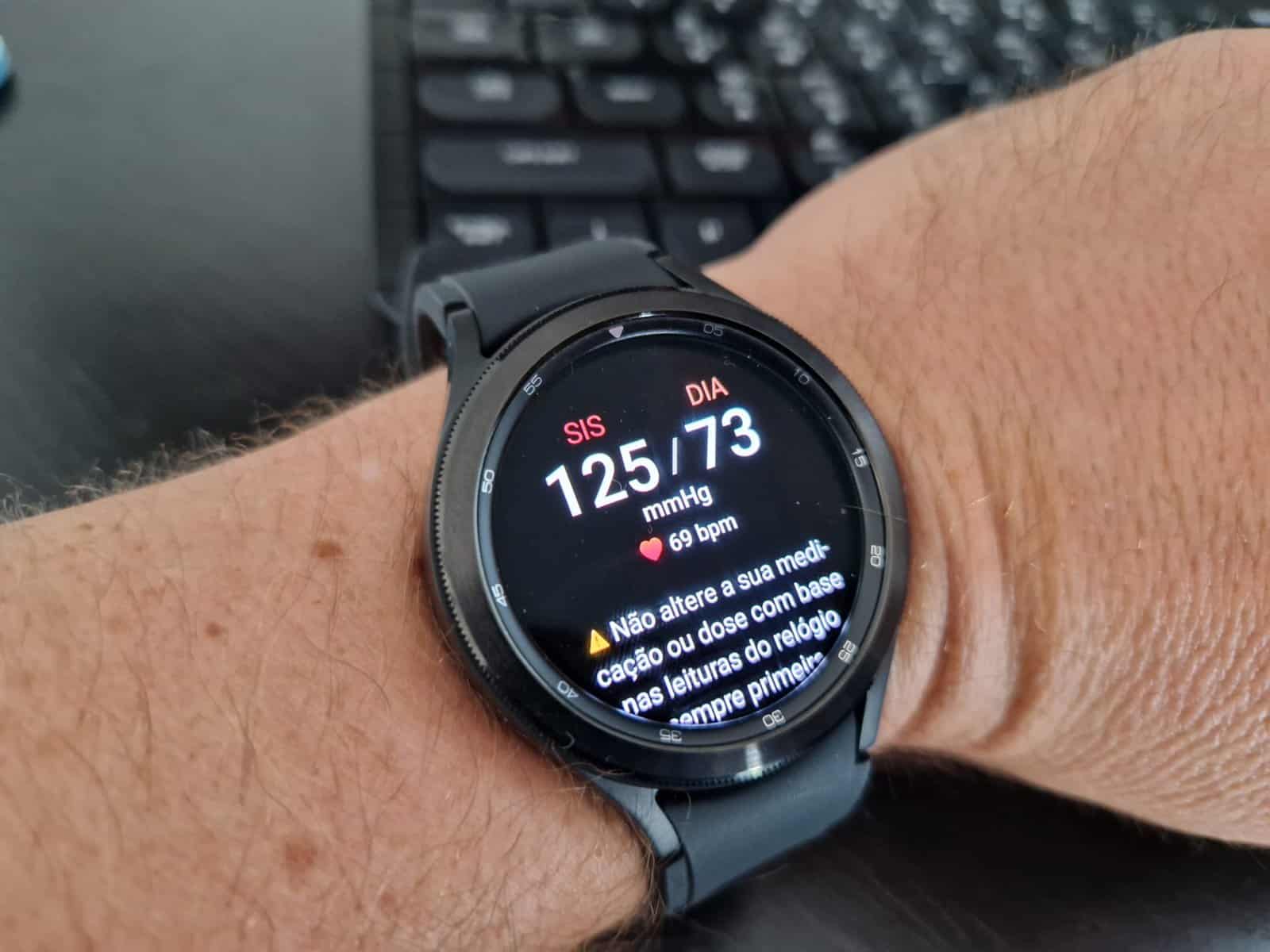Blood pressure is a very important measurement because it reveals the pressure exerted by the blood in the circulatory system on the walls of the arteries and is expressed in two numbers. Systolic pressure is the top number. That is, the force exerted on your arteries when your heart beats. Diastolic pressure (the bottom number) is the force exerted when your heart relaxes between beats. This pressure is expressed in “mm Hg”, which means “millimeter of mercury”. Having said that, always pay attention to your blood pressure readings as they may be off!
Your blood pressure values may be wrong!
Normal blood pressure is generally less than 120 (systolic) and 80 (diastolic). However, anything higher than this is considered hypertension (high blood pressure). But it shouldn’t be low either. So anything less than 90/60 is considered low blood pressure (hypotension). Both can signal and cause health problems ranging from dizziness and disorientation to strokes and heart attacks.
This is why your doctor systematically checks your blood pressure when performing any type of examination, using a cuff wrapped around your arm. But be careful because your blood pressure results can be distorted by several factors.
White coat syndrome
One of the main causes of inaccurate blood pressure readings is the so-called white coat syndrome. That is, the anxiety that some people feel when they are in the doctor’s office. This can result in a reading error of up to 26 mm Hg – which can easily push the reading into the “hypertension” range temporarily.
If your doctor thinks you may be dealing with something like white coat syndrome, he or she may suggest that you check your blood pressure regularly at home or recommend that you arrive early for appointments to give yourself some time to relax before the test.
your body shape
How you physically act when taking your blood pressure can have a significant impact on your numbers, especially if you take your blood pressure at home:
Back brace
Sitting in a chair with support for your back will reduce mistakes; However, not supporting your back can add up to 10 mmHg to your reading.
arm support
If you hold your arm lower than your heart, the reading may be off by 23 mm Hg. It is best to support your arm so that you can easily keep it at the correct height.
legs and feet
Sitting cross-legged can add up to 10 mmHg to your reading, and not supporting your feet can add another 10 mmHg. Sit with your legs uncrossed and your feet flat on the floor.
bare arm
Blood pressure measured with a cuff around one or more layers of clothing can be up to 40 mm Hg.
cuff size
Finally, the blood pressure monitor must be the correct size. Studies have shown that heavier people often get higher readings incorrectly because the full-size cuff is too small and the arms are too narrow. It is important that the cuff used is the right size.
Behaviors that can affect reading
Even if your body is in good shape for reading and you don’t experience anxiety when you go to the doctor, there are other behaviors that can affect your reading:
to speak
Yes, having a conversation while taking your blood pressure can increase your numbers by up to 15 mm Hg.
full bladder
If you’re measuring blood pressure, pee first: A full bladder can raise systolic blood pressure by up to 33 mm Hg.
Food and medicine
Not surprisingly, eating a large meal shortly before a measurement, or consuming substances such as alcohol, nicotine, and caffeine just before the test, can distort the measurements. You should avoid eating food or substances for some time before the test.
It’s a good idea to allow a 5-minute rest period before taking your blood pressure – if you go to the doctor’s office or if you come home from an errand and immediately sit down to take the measurement, you may get higher values than you should.
It is important to note that healthcare professionals are aware of these factors and can make adjustments in reading scores to account for them. But if you want to get the most accurate results possible so you don’t get false alarms, keep these things in mind the next time you wear the cuff.

“Coffee trailblazer. Social media ninja. Unapologetic web guru. Friendly music fan. Alcohol fanatic.”



